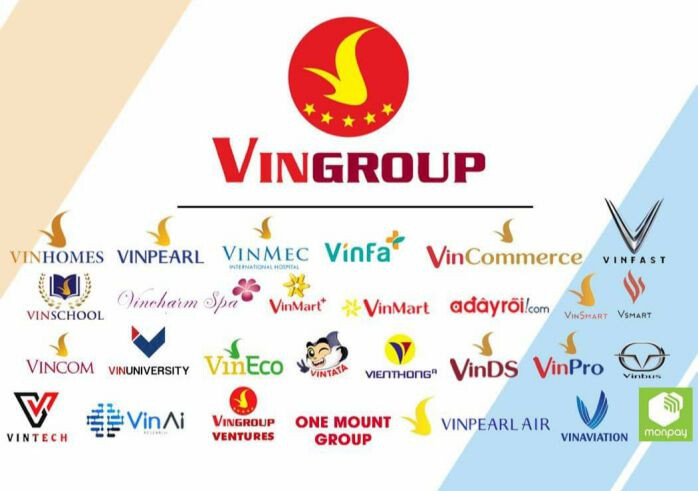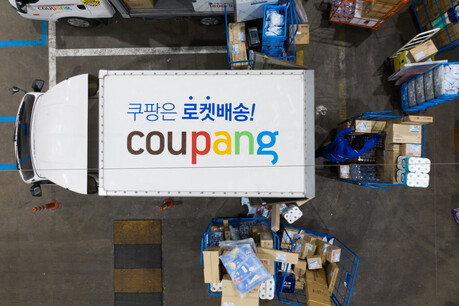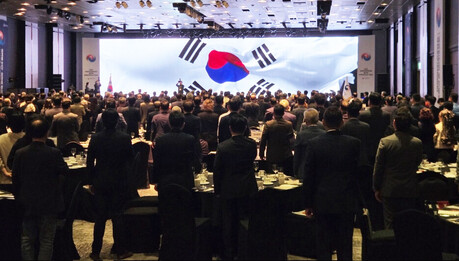
Vietnam - Vietnamese conglomerate Vingroup, best known for its expansive property developments and burgeoning electric vehicle manufacturing arm, VinFast, has set its sights on a massive expansion into the renewable energy sector. The company has formally requested government approval for a portfolio of seven solar and wind power projects, estimated to require an investment of $20-25 billion, alongside a significant $5.5 billion liquefied natural gas (LNG)-fired power plant. These ambitious projects are slated for development between 2025 and 2030 and are contingent upon their inclusion in Vietnam's revised Power Development Plan (PDP 8).
Vingroup's proposal, outlined in a recent dispatch to the Vietnamese government, details a two-phase approach to its renewable energy ambitions. The first phase (2025-2030) envisions the deployment of nearly 14,000 MW of solar and wind capacity across seven provinces: Son La (northern), Dak Lak (Central Highlands), Ninh Thuan, Khanh Hoa (south-central), Binh Phuoc, Dong Nai, and Tra Vinh/Soc Trang (southern). The second phase (2031-2035) aims to add an additional 27,000 MW, bringing the total renewable energy capacity under Vingroup's potential control to over 47,500 MW by 2035.
Among the standout renewable energy initiatives is a proposed 8,000 MW floating solar power project on the Son La hydropower reservoir in northern Vietnam. This ambitious undertaking would be rolled out in two stages: 3,500 MW in the initial 2025-2030 timeframe and an additional 4,500 MW in the subsequent five years. Other notable projects include a 9,000 MW hybrid solar-wind power development in the Central Highlands province of Dak Lak and an over 8,000 MW solar power project planned for the southern province of Binh Phuoc.
In addition to its significant renewable energy push, Vingroup is also proposing the development of a 5,000 MW LNG-fired power plant in the northern coastal city of Hai Phong. This $5.5 billion project, if approved and incorporated into the adjusted PDP 8, is projected to be completed within five years (2025-2030). Vingroup argues that the Hai Phong LNG plant would play a crucial role in offsetting the anticipated capacity deficits resulting from delays in several large-scale coal-fired power plant projects, including BOT Nam Dinh 1 (1,200 MW), Quang Tri (1,320 MW), Vinh Tan 3 (1,980 MW), and Song Hau 2 (2,120 MW).
Vingroup emphasized that its project proposals are grounded in guidance from regulatory authorities and have been strategically selected based on factors such as the availability of suitable land, grid connection feasibility, and proximity to major energy consumption centers. The company aims to establish large-capacity projects, exceeding 5,000 MW each, which could evolve into national energy hubs. Furthermore, Vingroup highlighted the favorable wind and solar radiation conditions in the proposed project locations, which are expected to optimize development timelines, power generation efficiency, and overall financial viability.
This move by Vietnam's largest private conglomerate underscores the nation's growing commitment to diversifying its energy mix and transitioning towards cleaner energy sources. The draft of the adjusted PDP 8 already signals a significant shift in this direction, with the Ministry of Industry and Trade proposing a substantial increase in total installed power capacity by 2030, reaching 211,805 MW (excluding cogeneration and risk sources). This represents an addition of over 56,000 MW compared to the PDP 8 approved nearly two years prior. Notably, the draft plan anticipates a nearly fourfold increase in solar power capacity to over 34,000 MW, a sixfold rise in pumped storage hydropower and battery storage, and increased electricity imports from neighboring China and Laos by 2030. The total investment required for power sources and transmission grids between 2026 and 2030 is estimated to be in the range of $136-172 billion.
Vingroup's bold proposals align with these broader national energy objectives and could significantly accelerate Vietnam's renewable energy transition. As of Friday morning, Vingroup's shares (VIC) on the Ho Chi Minh Stock Exchange closed at VND57,600 ($2.25) apiece, reflecting the market's continued interest in the company's strategic direction and growth prospects. The government's decision on whether to include Vingroup's ambitious projects in the final adjusted PDP 8 will be closely watched by both domestic and international energy stakeholders.
[Copyright (c) Global Economic Times. All Rights Reserved.]






























